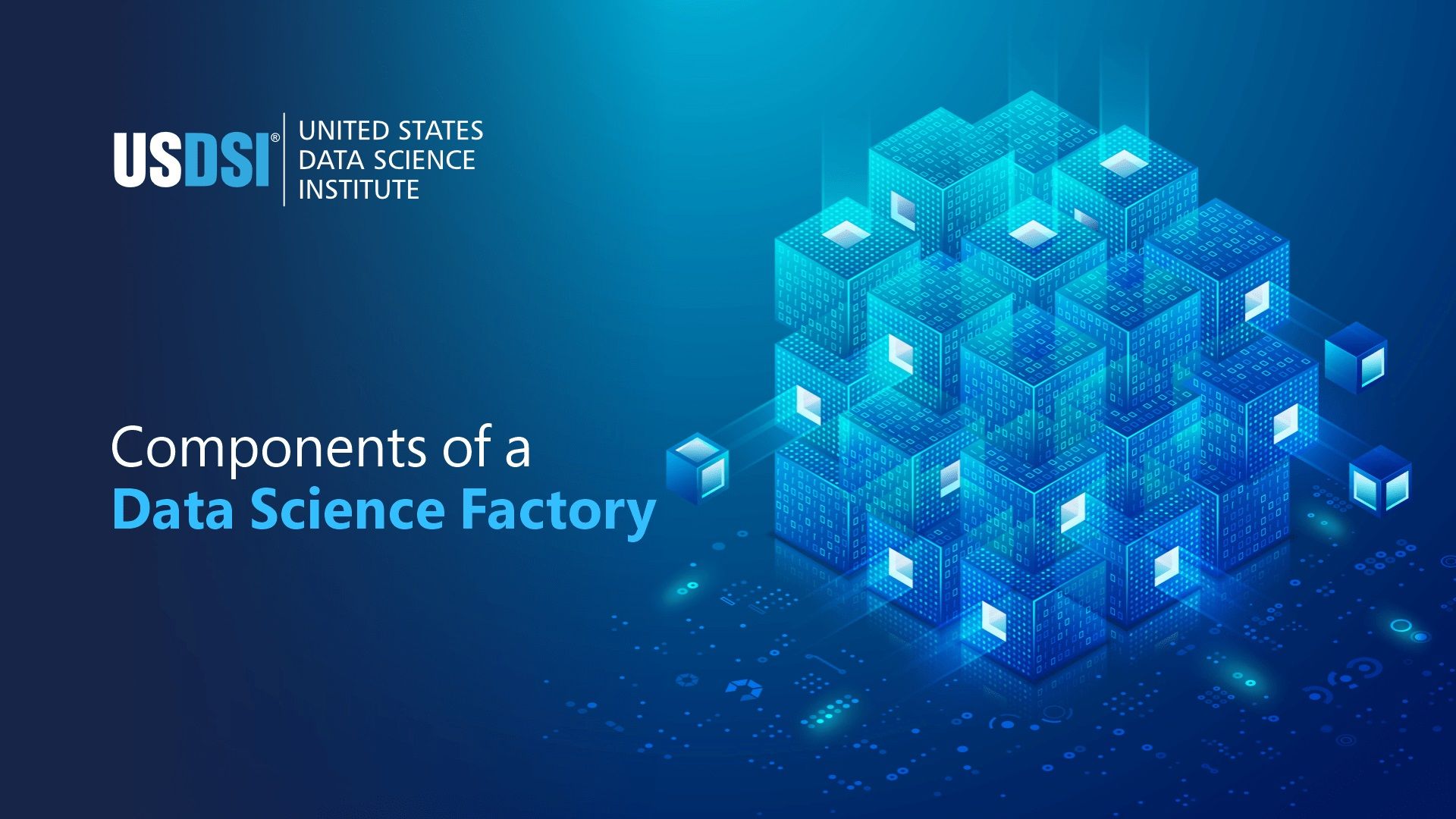
In the complex maze of global modern computation, there exists a crucible of innovation known as the Data Science Factory. This digital foundry, which can pretty much be called a nexus of algorithmic alchemy, stands as a testament to humanity’s insatiable quest for everyone. As we delve deeper into the functions and architecture of a data factory, we shall also elucidate the key components of data science that form the very bedrock of its existence and with a particular emphasis on the science and art of model development.
Model Development
A Herculean task into itself. To comprehend this tremendous task, one must first understand the fundamental elements that constitute its existence. These key components of data science comprise neurons and sinews that the factory with its cognitive capabilities.
Stages of Model Development – Finally Explained!
To understand what a Data Science Factory is, it is crucial to understand what a Data Science Factory does, besides that obvious model development. The entire process starts with:
Looking Into The Future
As the Data Science Factory concept keeps surging forward, with new technologies and tactics being invented and implemented every day, the demand for skilled practitioners grows equally exponentially. For us to remain relevant in our professional lives, it is important to choose the correct component of data science and acquire the expertise to architect, develop, and deploy models with precision. The clarion call is for data scientists to pursue a career in data science, ensuring you are at the forefront of the DATA/ML/AI revolution.
The future of model development and deployment at scale, especially at service and technology companies, has changed the entire paradigm of model development. From the hand-written codes in Anaconda to AutoML, data science factories will probably foster innovation. But to get there, you must master this alchemy of science through a professional certification that demonstrates your commitment to the discipline. That’s your first step in a long and lucrative career.
This website uses cookies to enhance website functionalities and improve your online experience. By clicking Accept or continue browsing this website, you agree to our use of cookies as outlined in our privacy policy.